News
EPJ Plus Highlight - A deeper understanding of how cells move and stick together
- Details
- Published on 06 May 2021
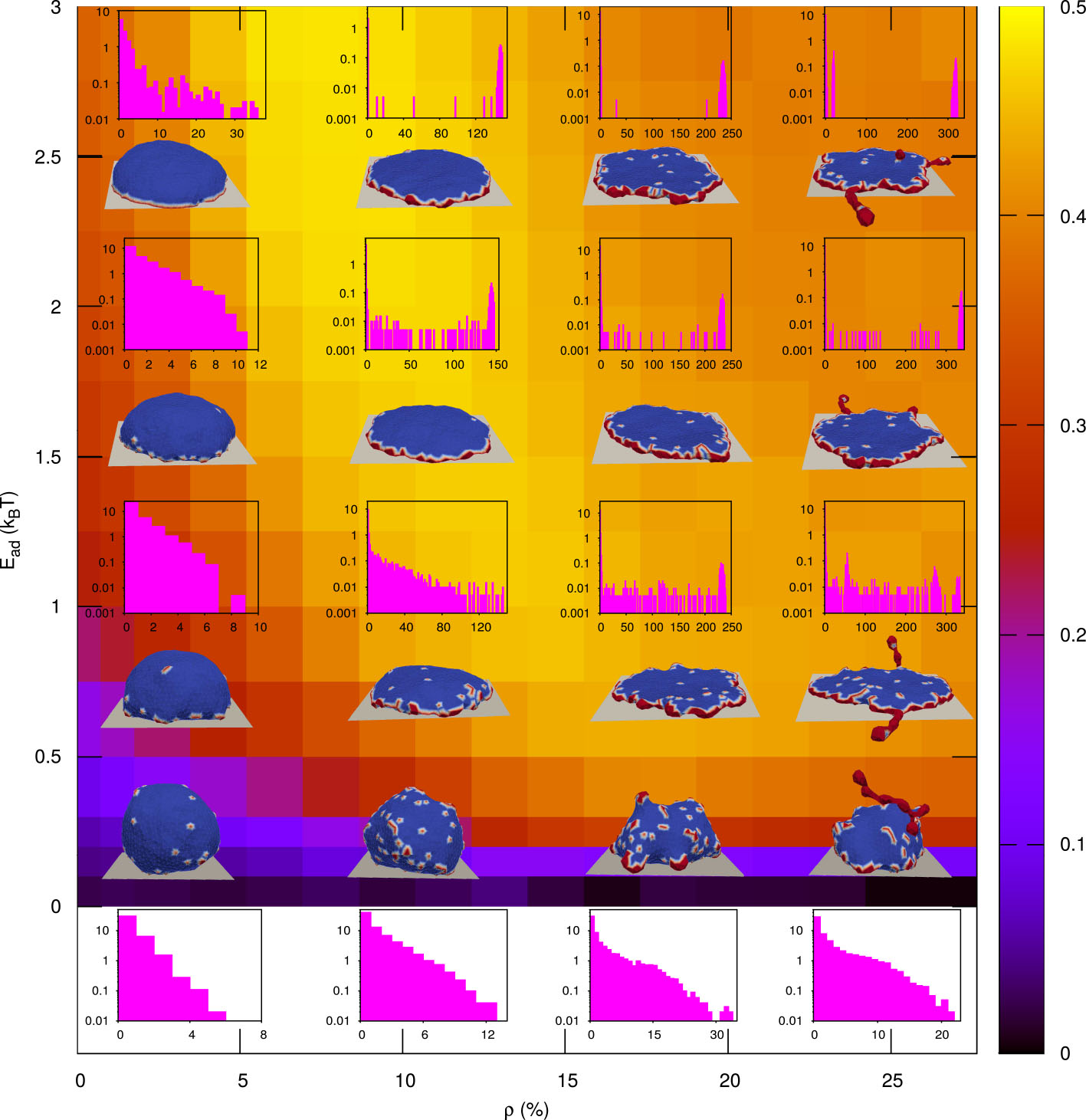
The way cells adhere to surfaces is an important element in allowing them to form cohesive tissues. A new study looks at how cells stick to a surface and spread across it.
Observing how cells stick to surfaces and their motility is vitally important in the study of tissue maintenance, wound healing and even understanding how cancers progress. A new paper published in EPJ Plus, by Raj Kumar Sadhu, Weizmann Institute of Science, Rehovot, Israel, takes a step towards a deeper understanding of these processes.
EPJ H Highlight - Investigating heavy quark physics with the LHCb experiment
- Details
- Published on 15 April 2021

In ten years of operation the LHCb experiment has probed the nature of physics attempting to answer some of the Universe’s most fundamental questions. A new review examines its past achievements and future potential.
A new review published in EPJ H by Clara Matteuzzi, Research Director at the National Institute for Nuclear Physics (INFN) and former tenured professor at the University of Milan, and her colleagues, examines almost three decades of the LHCb experiment – from its conception to operation at the Large Hadron Collider (LHC) – documenting its achievements and future potential.
EPJ H Highlight - Tracking the progress of fusion power through 60 years of neutral particle analysis
- Details
- Published on 14 April 2021
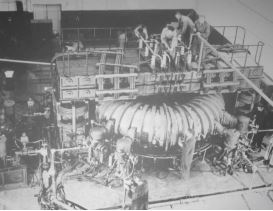
Harnessing the fusion power of the stars requires the control of plasma and a powerful diagnostic tool to analyse it
As the world’s energy demands grow, so too does growing concern over the environmental impact of power production. The need for a safe, clean, and reliable energy source has never been clearer. Fusion power could fulfil such a need. A review paper published in EPJ H examines the 6-decade history of neutral particle analysis (NPA), developed in Ioffe Institute, Saint Petersburg, Russia, a vital diagnostic tool used in magnetic plasma confinement devices such as tokamaks that will house the nuclear fusion process and generate the clean energy of the future.
EPJ E Highlight - Micro-environmental influences on artificial micromotors
- Details
- Published on 31 March 2021

New experiments reveal the characteristic ways in which self-propelled ‘Janus particles’ with charged coatings will slide across or move away from charged boundaries in their surrounding environments.
By harvesting energy from their surrounding environments, particles named ‘artificial micromotors’ can propel themselves in specific directions when placed in aqueous solutions. In current research, a popular choice of micromotor is the spherical ‘Janus particle’ – featuring two distinct sides with different physical properties. Until now, however, few studies have explored how these particles interact with other objects in their surrounding microenvironments. In an experiment detailed in EPJ E, researchers in Germany and The Netherlands, led by Larysa Baraban at Helmholtz-Zentrum Dresden-Rossendorf, show for the first time how the velocities of Janus particles relate to the physical properties of nearby barriers.
EPJ Data Science Highlight - A data-driven approach for assessing biking safety in cities
- Details
- Published on 25 March 2021
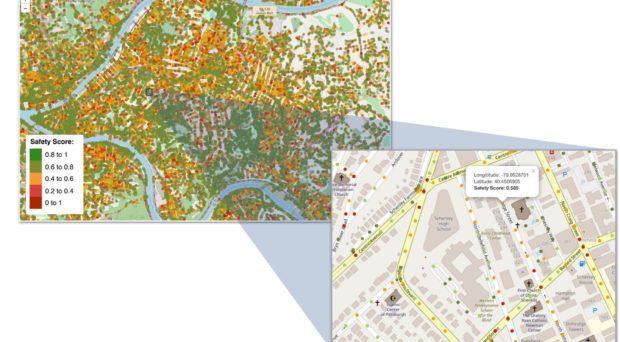
The bicycle is arguably the most sustainable and eco-friendly mode of transport but biking safety remains a prime concern, especially in cities. In their work recently published in EPJ Data Science Konstantinos Pelechrinis and his co-authors propose a model which provides interpretable findings for practical change.
Continue reading the blog post here.
EPJ D Colloquium - All-atom relativistic molecular dynamics simulations of channeling and radiation processes in oriented crystals
- Details
- Published on 24 March 2021
In a new Colloquium article published in EPJD, authors from the MBN Research Center (Frankfurt am Main, Germany) review achievements made recently in the field of numerical modeling of ultra-relativistic projectiles propagation in oriented crystals, radiation emission and related phenomena. This topic is highly relevant to the problem of designing novel gamma-ray light sources (LSs) based on the exposure of oriented crystals to the beams of charged particles. Crystal-based LSs can generate radiation in the photon energy range where the technologies based on the fields of permanent magnets become inefficient or incapable.
EPJ H Highlight - Effective Field Theories and the Nature of the Universe
- Details
- Published on 23 March 2021
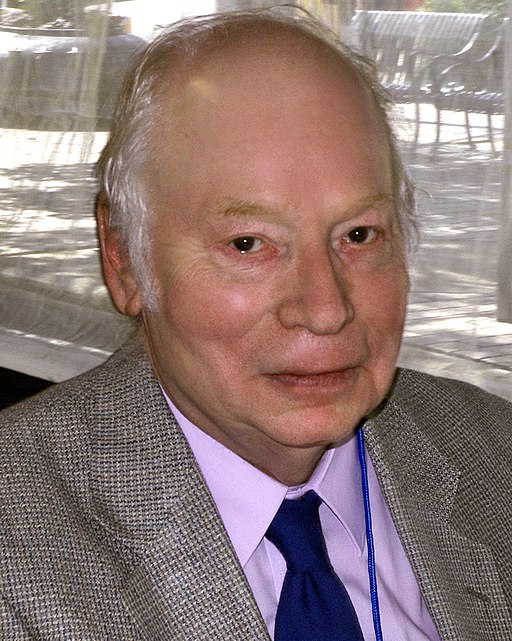
© Larry D. Moore CC BY-SA 3.0 https://commons.wikimedia.org/wiki/ File:Steven_weinberg_2010.jpg
Effective Field Theories were introduced to simplify the mathematics involved in unifying interactions into the Standard Model of particle physics. An article in EPJ H presents Nobel Laureate Steven Weinberg’s recent lecture on the development of these theories.
What is the world made of? This question, which goes back millennia, was revisited by theoretical physicist Steven Weinberg from the University of Texas in Austin, TX, USA in the first of an international seminar series, ‘All Things EFT’. Weinberg’s seminar has now been published as an article in the journal EPJ H.
EPJ B Colloquium - Particles, conformal invariance and criticality in pure and disordered systems
- Details
- Published on 23 March 2021

The two-dimensional case occupies a special position in the theory of critical phenomena due to the exact results provided by lattice solutions and, directly in the continuum, by the infinite-dimensional character of the conformal algebra. However, some sectors of the theory, and most notably criticality in systems with quenched disorder and short range interactions, have appeared out of reach of exact methods and lacked the insight coming from analytical solutions.
EPJ Plus Focus Point on Cancer & HIV/AIDS Dynamics: From Optimality to Modelling
- Details
- Published on 19 March 2021
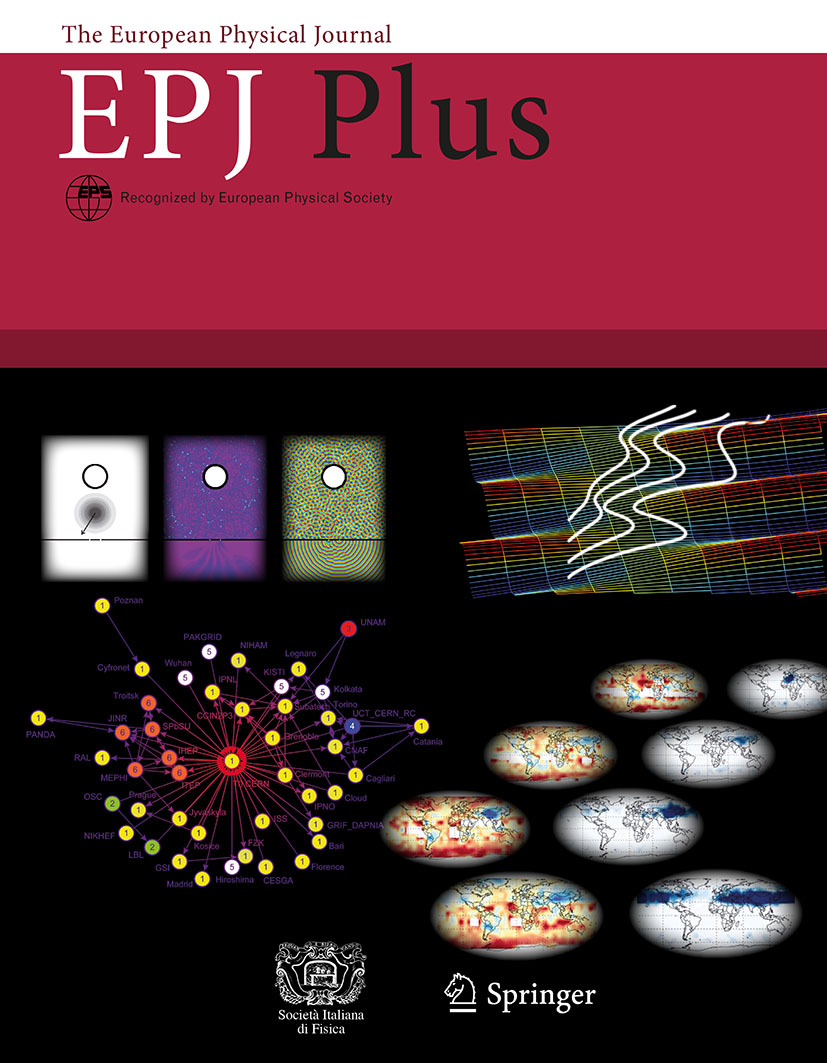
This Focus Point covers twelve original papers obtained from advanced theoretical analysis, experimental, and numerical simulations in Cancer and HIV/AIDS research. Results include a randomized discrete logistic equation to describe the dynamics of breast tumor; a mathematical model of breast cancer involving a system of differential equations with piecewise constant arguments to analyze the tumor growth and chemotherapeutic treatment; a new stochastic HIV mathematical model; incorporation of the Beddington–DeAngelis incidence rate to a continuous-time HIV infection model with cure rate and full logistic proliferation; a model for the tumor and normal cell growth under the influence of carcinogenic agents, an immunomodulator and variable influx of immune cells; a within-host HIV dynamical model under the effect of cytotoxic T lymphocytes immune response; the study of the interaction between drug addiction and the contagion of HIV/AIDS; a system of fractional differential equations with delays and a new computational method based on hybrid functions and Legendre polynomials with application to immunodeficiency viruses systems; investigation of cervical cancer; an HIV/AIDS epidemic model under fractal-fractional-order derivatives; study of the dynamics of HIV-AIDS infection via a fractional order SICA system; and sufficient conditions for the stability of a system describing the growth of malignant tumors.
EPJ E Highlight - Modelling speed-ups in nutrient-seeking bacteria
- Details
- Published on 17 March 2021

By considering how some bacteria will swim faster within higher nutrient concentrations, researchers have created a more accurate model of how these microbes search for nutrients
Many bacteria swim towards nutrients by rotating the helix-shaped flagella attached to their bodies. As they move, the cells can either ‘run’ in a straight line, or ‘tumble’ by varying the rotational directions of their flagella, causing their paths to randomly change course. Through a process named ‘chemotaxis,’ bacteria can decrease their rate of tumbling at higher concentrations of nutrients, while maintaining their swimming speeds. In more hospitable environments like the gut, this helps them to seek out nutrients more easily. However, in more nutrient-sparse environments, some species of bacteria will also perform ‘chemokinesis’: increasing their swim speeds as nutrient concentrations increase, without changing their tumbling rates. Through new research published in EPJ E, Theresa Jakuszeit and a team at the University of Cambridge led by Ottavio Croze produced a model which accurately accounts for the combined influences of these two motions.




